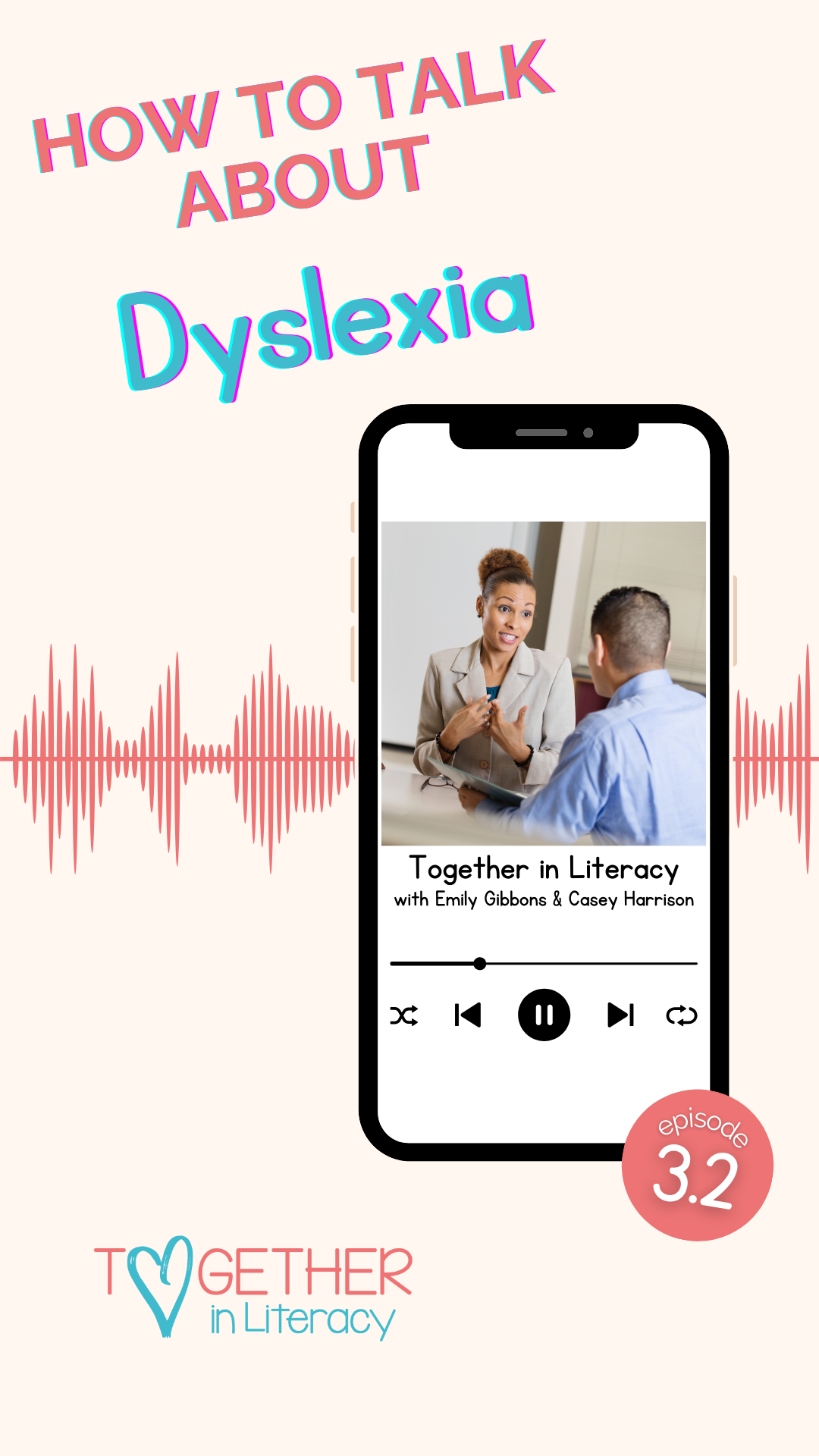5 Tips for Parents When Speaking to Your Child About Dyslexia

When parents come to therapists, specialists, tutors, or teachers with a new diagnosis, we know this often comes with a great deal of anxiety or worry about how their child’s learning journey will look and what dyslexia means for their future.
Over the years, we’ve spoken to many parents about what their child’s dyslexia diagnosis means. As educators, we want to help guide parents through this journey.
We can do this by:
- Recognizing the immense amount of paperwork, terminology, and overload that may come with a new diagnosis.
- Choosing a few books about dyslexia to recommend to them (Like Overcoming Dyslexia by Sally Shaywitz M.D. and Conquering Dyslexia by Donna J. Wilbourn)
- Explaining how to effectively remain in communication with the school to create a team approach that will best benefit the student.
- Speaking to parents about the impacts of dyslexia beyond the classroom.
However, at the end of the day, explaining the diagnosis to the child often falls on the shoulders of the parent who may still be learning about it themselves.
That’s why we want to offer some tips for parents who are having conversations with their children about dyslexia.

Here are our top 5 Tips for Parents When Speaking to Your Child About Dyslexia:
1. Be open and honest
It’s likely your child will be curious about why they are being taken out of the classroom for testing or going to different doctor appointments. They may ask questions and if they do, it’s important to be open and honest about what is going on. An open dialogue is really key.
2. Say it!
There is power in saying dyslexia. Demystify dyslexia for the child by naming it. Understand the masking or internalization of how dyslexia has impacted the child beyond the academic setting.
3. Your approach will need to vary by age:
- For younger children, use age-appropriate picture books that explain what dyslexia is. This is a simple way to open communication that way. Check out the picture books we recommend using, here: Books That Connect Social Emotional Learning and Dyslexia.
- For older children, when appropriate, bring the child into the IEP meetings so they are part of the journey. You can also share documentaries and interviews with your child and then have a conversation about what you just watched together.
4. Don’t wait!
Don’t wait to get help for your child. Get out there and find the help you need, whether it is inside the school, outside of the school, or both. It may be a bit of a balancing act, but waiting isn’t going to benefit anyone.
5. Build on your child’s strengths!
Spend time recognizing and highlighting strengths in your child. Think beyond the academic strengths that are often highlighted in school. Also, highlight strengths from all other areas of your child’s life. Your child has strengths that shine from within. You may not always be able to see them but they come out in a variety of beautiful ways.
Check out these free resources from The Literacy Nest and The Dyslexia Classroom:
- FREE Dyslexia Awareness Month resources - The Literacy Nest
- FREE Dyslexia Awareness Month resources - The Dyslexia Classroom
For our full conversation on how we speak about dyslexia, check out our latest episode of the Together in Literacy podcast. If you like what you hear, don’t forget to rate, leave a positive review, and subscribe!
Together In Literacy was created by Casey Harrison and Emily Gibbons.
To learn more about Casey and Emily's resources, please be sure to check out their websites. Thank you for supporting both of our small businesses. We greatly appreciate it!
- Casey's website: The Dyslexia Classroom
- Casey's TPT store
- Emily's website: The Literacy Nest
- Emily's TPT store
We officially have merch! Show your love Together in Literacy podcast with a t-shirt or sweatshirt!
Looking for strategies and resources?
Sign up for our newsletter for news, resources, and freebies delivered straight to your inbox.
We hate SPAM. We will never sell your information, for any reason.

